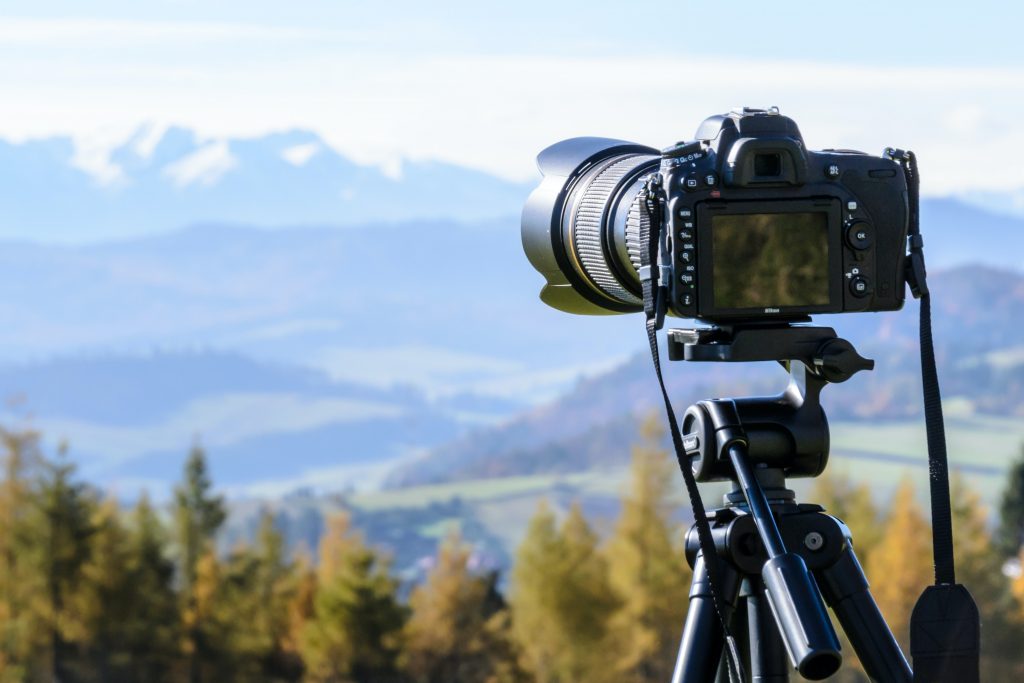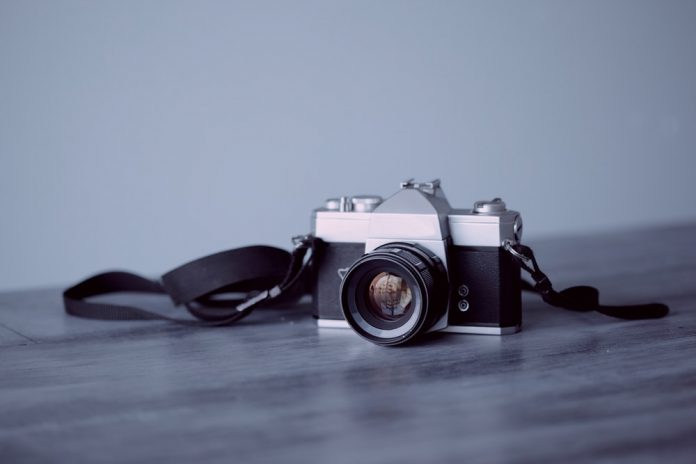This pandemic has brought a revolutionary change in all of our lives. Everything which was done by going out of our comfort zone, that is, our homes had to be rewired online. For instance, many of you were into going to malls for shopping rather than trusting online shopping? But these were just pre-pandemic scenes.
Currently, according to a survey by UNCTAD, the pandemic has accelerated the shift towards a more digital world and triggered changes in online shopping behaviors that are likely to have lasting effects. Now, when we talk about online shopping what attracts you to buy a product?
If smartly said, “If a picture is worth a thousand words, a stunning product picture is worth a thousand website visits.” Isn’t it just looking at a single picture that makes you decide whether you need that product or not? It is all about product photography which is at work here. Let us talk more about it.
What is Product Photography?
Product photography is an attractive way to portray a product via specific techniques in which a potential buyer is made to buy those specific products.
It is one vital part of both online and offline advertising for successful catalogs, brochures, magazine ads, billboards, online ads, and company websites, specifically when selling products directly to a consumer.
Product Photography must Tips
1. Proper Lighting
Starting off with proper lighting, it is one crucial setup without which neither your product nor your background is going to appear how it does to you in person. For instance, a white background is not going to appear white without proper lighting rather it is going to be grey. You may opt for either of the two options available for photography lighting, those are studio lighting and natural lighting.
Natural lighting works really well for products including edible items, people, and clothing. These natural-looking photos work well in social media contexts such as Instagram. In contrast to it, if your product is primarily used indoors and features small details like artworks, or is being sold on Amazon and Google Shopping, then studio lighting along with ring light Australia is preferable.

2. Tripod is a Must
Tripods usually sound like a boring and unnecessary piece of technical equipment in cameras but it actually brings in a huge difference in the clarity and quality of your product photography. Interestingly, these are neither expensive nor too difficult to use.
Tripods stabilize your camera and avoid pictures taken from shaky hands, thus, giving a clearer and sharper picture which is essential if you want your product photographs to look professional and high-quality.
3. Taking the Best Shot
Do not procrastinate yourself by taking some sloppy photographs of your product with the belief that you will be able to edit it and bring a huge impact on the quality of the product photo. Photograph editing should be as small as just touch-ups to enhance an already beautiful piece of art.
Shoot for the edit should be your mindset while clicking product photographs. Thus, giving you a far more desirable result.
4. The Rule of Thirds
The rule of thirds is a very powerful tool for product photography and is taught in almost all photo classes and art classes. This rule makes a photographer visualize the entire picture divided into nine equal segments.
This rule was mainly created to help photographers and artists create a well-balanced composition in each piece, thus, helping you to determine where to place the focus of your piece, in this case, your product. The goal of this rule is to position the product along the lines, optimally at the point where two lines intersect.
5. Simple Props to be used
Remember something really important, that is, your focus must always be the product. Do not use overly ambitious props which might lose the focus of the picture from the product itself.
A general rule of deciding what props must be used is by keeping something really simple, aligned with the color scheme, and is relevant to your product.
So, these were some really important tips that will help you master product photography. Make sure the next time you use your photography skills; you keep these tips in mind for additional advantage.






























